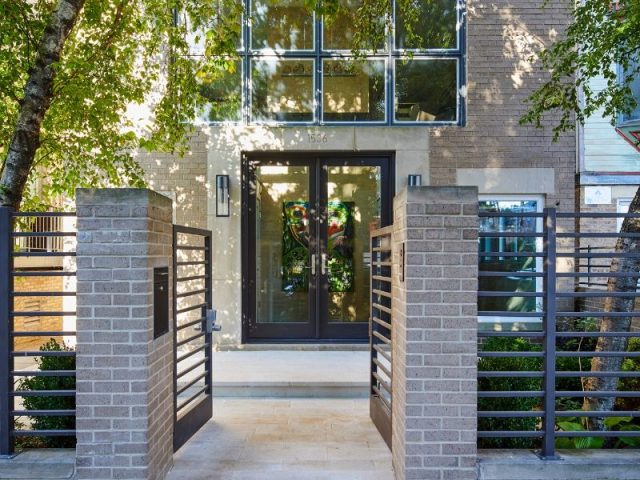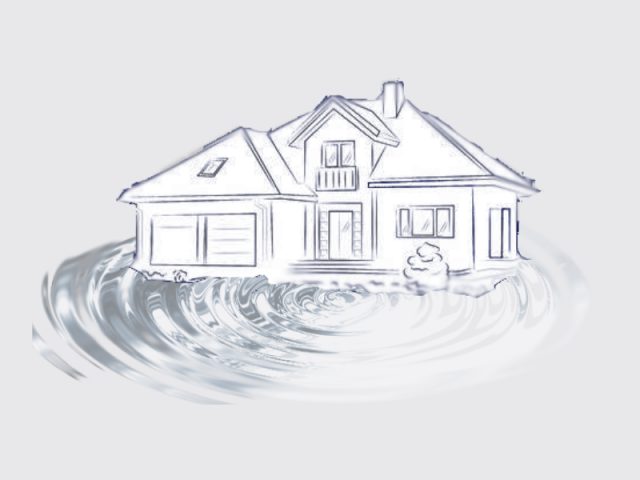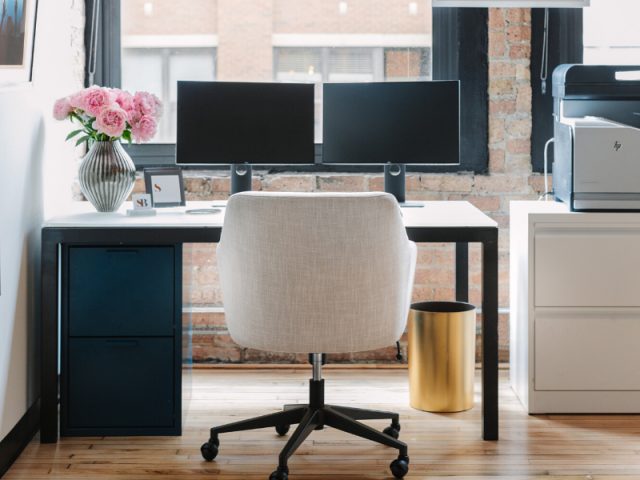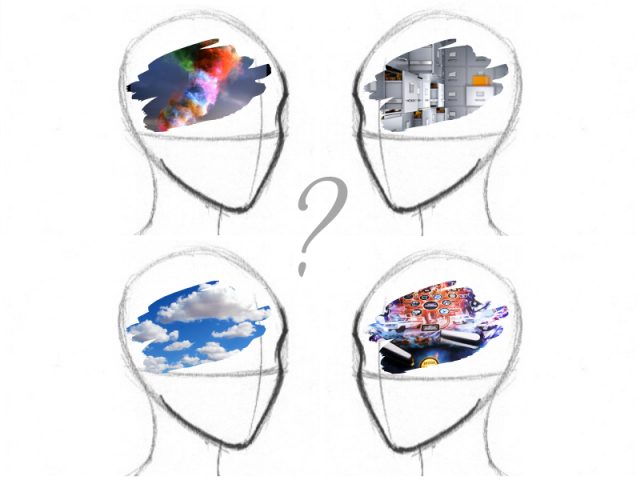
Designer Dialogue: A Safe House
May 13, 2020
We explore how the meaning behind the term "safe house" has evolved... during a time when we all desire a safe haven, as well as social connectivity.
Our homes are in the center of this pandemic. Prior to the crisis, a “safe house” was a dwelling or building whose conventional appearance made it a safe or inconspicuous place for hiding or taking refuge, or for carrying on clandestine activities. Think drugs and FBI informants. A “safe house” will have a new definition as the world right sizes. It will be a home that protects you. The health and wellness of those that live there (family and loved ones) will come first.
Interior designers are essential to the well-being of people and their homes, but I believe we need to rethink the word home or “safe house.” We must change the narrative of design and shift the emphasis from strictly beauty and aesthetics to focus on the human experience. By re-considering how we live and how to make people feel protected in their homes – it becomes a language that all people understand, value and trust. It is no longer how a home looks, but how it feels that will be important. From this safe place, you can continue to support others, stay in touch, work, learn, be creative, love and be informed.
The interior design industry has an opportunity to raise social consciousness, as having a home transcends all markets and industries. A more collaborative perspective and sense of community is needed, and the primary focus will be from the inside-out (or heart-centered, as I call it, as it’s how we’ve always worked with clients) not from the outside-in.
High value purchases will be less of a signal of status and more of a confirmation of peoples own values. Acquiring material possessions just because you can, will be perceived as inappropriate and uncaring, as there will be more disparity than ever in the world. Over-consumption or blatant consumerism is “out.”
Servicing people’s essential needs is “in.” The new mentality and outlook on life is that we are all a part of the bigger whole and each person is as equally important as the next. At the core is our own personal well-being and happiness. With people craving social connectiveness more than ever and wanting to experience life’s journey, understanding the “why” behind a purchase is important. It is simple, really. We purchase from companies and people whom we trust – ones that give back and are socially, morally, and ethically responsible. As designers we can share the narrative of how decisions and products are made so a home becomes a collection of experiences not things. We should design homes around the people that live within it.

Share
You Might Also Like
Find us on Instagram














